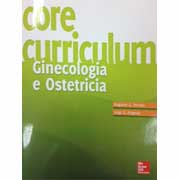25. Classification, by grading, of stress incontinence
Atti International Continence Society, IV Annual Meeting, Innsbruck. pag. 341-342, 1984
( in coll. L. Baresi, M. Costa, A. Ferrari )
Summary: We describe an assessment method capable of distinguishing sligh incontinence from the progressively more serious forms, using objective parameters only. We made a preliminary distinction between patients with clinostatic urine leakage, the more serious form, and those patients with orthostatic sympthoms only. We posited an arbitrary endovescical pressure threshold of 60 cm H2O. According to which incontinence appearing for pressure increases above 60 cm H2O was classified as slight ; incontinence appearing for pressure increases below 60 cm H2O was classified as severe. We posited a further distinction when incontinence was present at low bladder caopacity (first voiding desire) or at nearly maximum bladder capacity (very strong desire). Combining these parameters in different ways, we found 4 groups: class 1 and 2 for orthostatic incontinence; class 3 and 4 for clinostatic incontinence. The difference between class 1 and 2, and between class 3 and 4 is determined by the apparence of urine leakage at the first voiding desire. Each class is divided in two subgroups ( a and b ) according to abdominal pressure ( more or less than 60 cm H2O).
